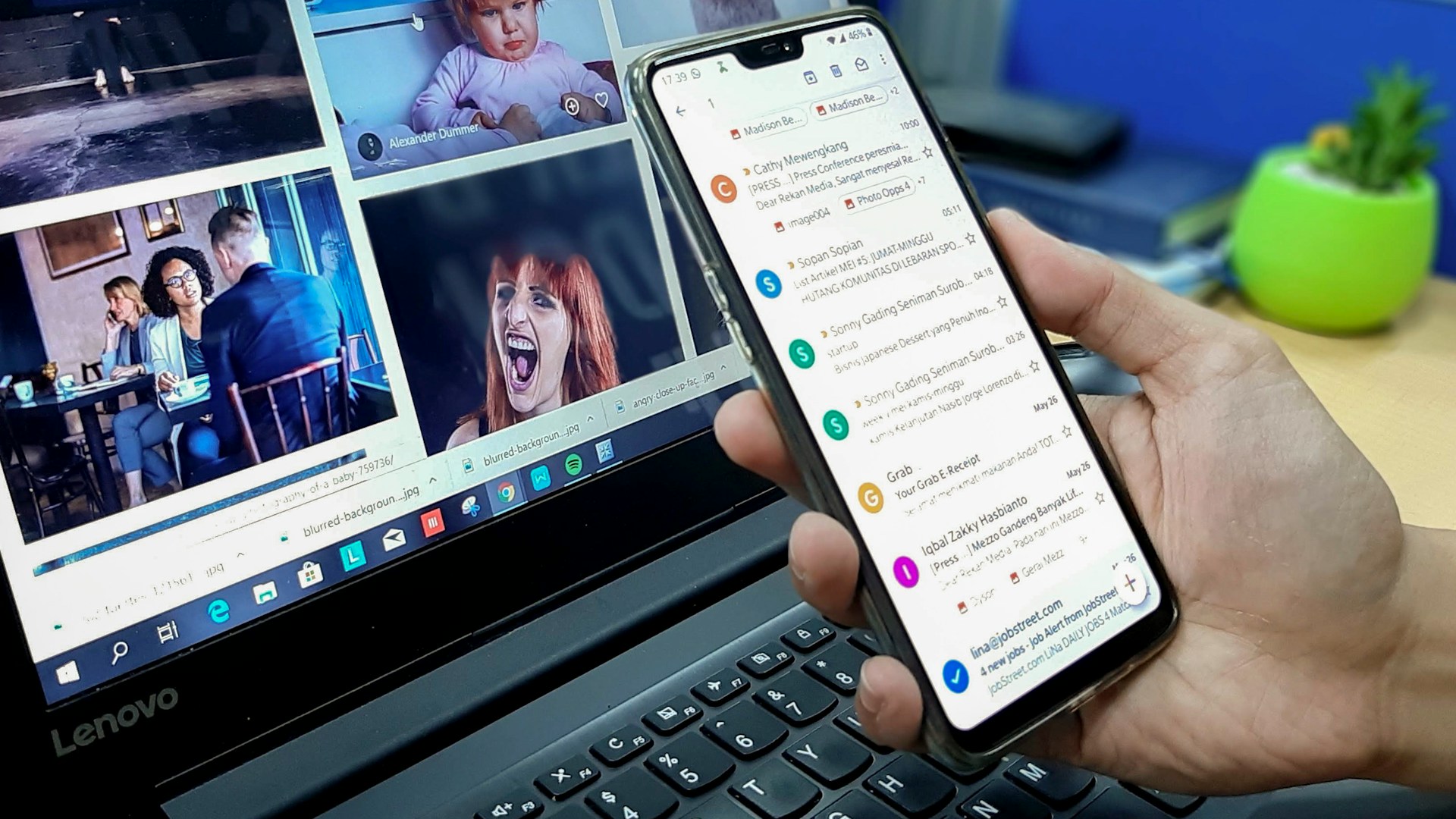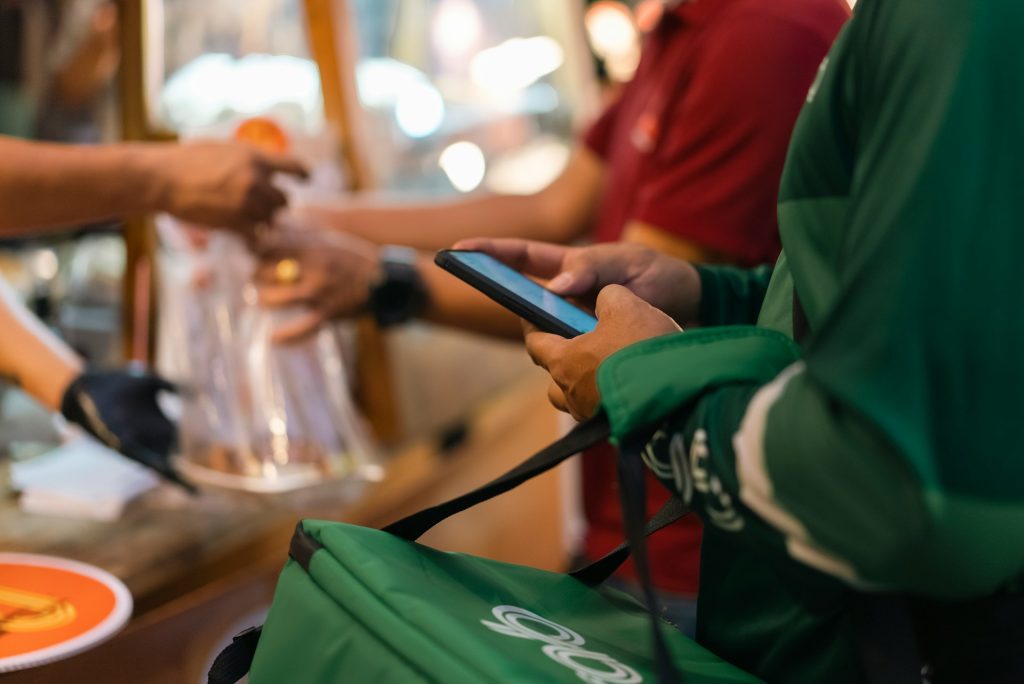
Personalization in the Age of Email Marketing
Standing out in the inbox is more challenging than ever. Personalization is no longer just a nice-to-have; it’s a necessity. For business owners and entrepreneurs, leveraging personalized email marketing can significantly boost engagement and conversion rates. Let’s dive into the design trends that make personalization so powerful and explore how you can implement them effectively.
Why Personalization Matters
Personalization in email marketing means tailoring your messages to meet the individual needs and preferences of your recipients. This approach goes beyond simply addressing them by their first name. It involves using data to create relevant, meaningful interactions that resonate with your audience on a personal level.
Key Benefits of Personalization:
- Increased Engagement: Personalized emails have higher open and click-through rates.
- Improved Customer Loyalty: Tailored content fosters a stronger connection with your brand.
- Higher Conversion Rates: Relevant offers and recommendations lead to more sales.
Top Personalization Design Trends
To make the most of personalization, you need to stay updated with the latest design trends that enhance the user experience and drive conversions.
1. Dynamic Content Blocks
Dynamic content allows you to change specific parts of your email based on the recipient’s data, ensuring that each user receives the most relevant content.
How to Use Dynamic Content:
- Product Recommendations: Show different products to different users based on their browsing or purchase history.
- Location-Based Offers: Tailor promotions to the recipient’s geographical location.
- Behavioral Triggers: Change content based on past interactions, such as abandoned cart reminders or post-purchase follow-ups.
Example: An online retailer can use dynamic content to display a winter coat to customers in colder climates and a swimsuit to those in warmer areas.
2. Personalized Subject Lines
The subject line is the first thing recipients see, and personalizing it can significantly increase the likelihood of your email being opened.
Best Practices:
- Use the Recipient’s Name: Including the recipient’s first name can make the email feel more personal.
- Reference Past Interactions: Mention recent purchases or browsing history to catch their attention.
- Create a Sense of Urgency: Combine personalization with urgency to drive action, such as “John, Don’t Miss Out on Your Exclusive Offer!”
Example: A travel agency might use a subject line like “Emily, Ready for Your Next Adventure? Exclusive Deals Inside!”
3. Behavioral Segmentation
Segmenting your email list based on user behavior allows you to send more relevant content to each group, enhancing engagement and conversions.
How to Implement Behavioral Segmentation:
- Purchase History: Segment users based on their past purchases to send targeted product recommendations.
- Browsing Behavior: Track which products or categories users are interested in and send related content.
- Engagement Levels: Identify highly engaged users versus those who haven’t interacted in a while and tailor your messages accordingly.
Example: A fitness brand can segment users into groups like yoga enthusiasts, runners, and weightlifters, sending each group content that matches their interests.
4. Automated Personalization
Automation tools can help you deliver personalized content at scale, saving time and ensuring consistency.
Effective Automation Strategies:
- Welcome Series: Create an automated series of personalized welcome emails for new subscribers.
- Birthday and Anniversary Emails: Send personalized greetings and special offers on significant dates.
- Re-Engagement Campaigns: Automate emails to re-engage inactive subscribers with personalized content and incentives.
Example: A subscription box service can automate a series of onboarding emails that introduce new subscribers to their service, highlighting different features based on the user’s preferences.
5. Visual Personalization
Visual elements can also be personalized to make your emails more engaging and relevant to the recipient.
Visual Personalization Techniques:
- User-Generated Content: Include photos or reviews from users that match the recipient’s profile.
- Personalized Images: Use tools that allow you to insert the recipient’s name or details into images.
- Dynamic Visuals: Change images based on user data, such as showing different product colors or styles based on past purchases.
Example: An apparel brand could include a personalized image of a model wearing a shirt similar to one the recipient recently purchased, with a message like “Pair Your Favorite Shirt with These New Arrivals!”
6. Contextual Personalization
Contextual personalization uses real-time data to tailor email content based on the current context, such as time of day, location, or weather.
Ways to Use Contextual Personalization:
- Weather-Based Content: Change the content of your email based on the recipient’s local weather.
- Time-Sensitive Offers: Send emails with content that adapts based on the time of day it’s opened.
- Local Events: Personalize emails with information about local events or offers relevant to the recipient’s location.
Example: A beverage company can send a personalized email suggesting cold drinks on a hot day and hot beverages on a cold day.
Implementing Personalization in Your Email Campaigns
Implementing these personalization trends effectively requires a combination of the right tools and strategies.
Steps to Get Started:
- Collect and Analyze Data: Use data analytics tools to gather information on your subscribers’ behaviors, preferences, and demographics.
- Segment Your Audience: Divide your email list into meaningful segments based on the collected data.
- Leverage Automation: Utilize email marketing platforms with automation capabilities to deliver personalized content at scale.
- Test and Optimize: Regularly A/B test different elements of your personalized emails to see what resonates best with your audience.
- Stay Compliant: Ensure your data collection and personalization practices comply with privacy regulations such as GDPR and CCPA.
Conclusion
Personalization in email marketing is a powerful strategy that can significantly boost your engagement and conversion rates. By leveraging dynamic content, personalized subject lines, behavioral segmentation, automated personalization, visual personalization, and contextual personalization, you can create more meaningful connections with your audience.
For business owners and entrepreneurs, staying on top of these personalization design trends will not only enhance your email marketing efforts but also build stronger, more personalized relationships with your customers. Start implementing these best practices today to see the impact of personalized email marketing on your business growth.


